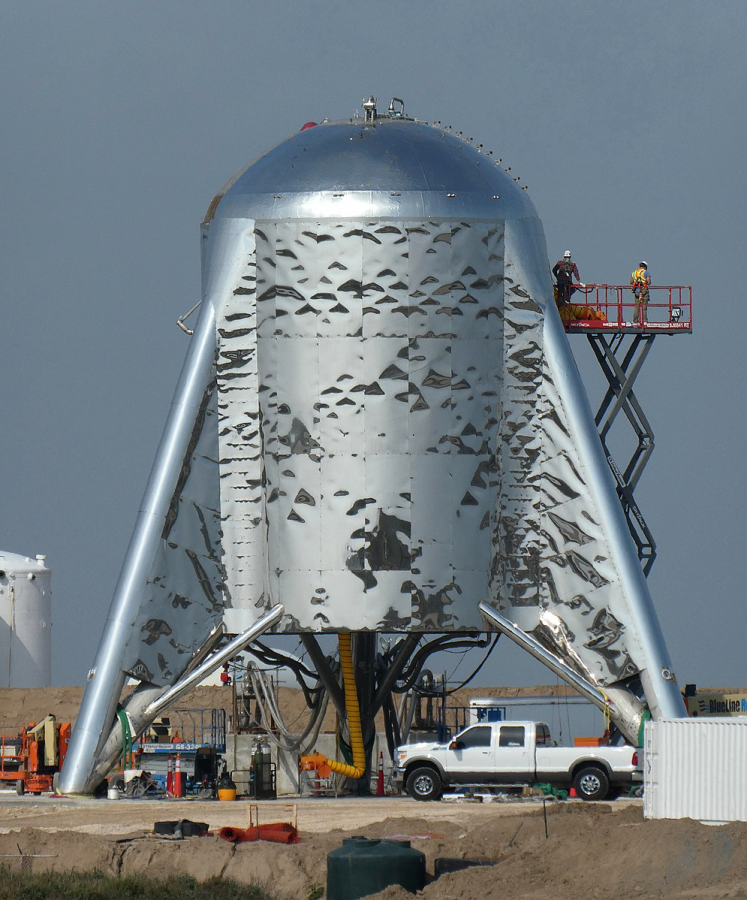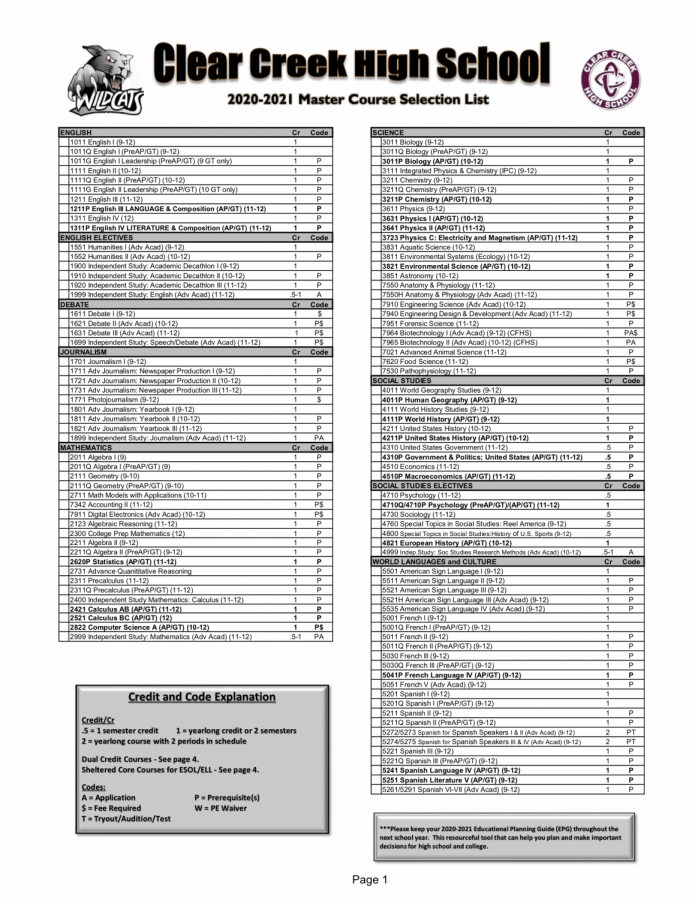SpaceX Starhopper prototype to be retired after multiple test flights
SpaceX Starhopper prototype gets prepared for take-off into outer space.
September 17, 2019
Standing at around 20 meters tall, the starship prototype, Starhopper, could one day lead to the landing of some of the first humans on Mars. At first glance, Starhopper might remind an observer of iconic droid R2D2 from the movie Star Wars, or it might just look like a plain old water tower. But unlike the droid or a water tower, this funny looking vehicle was supposed to fly. So, shortly before sunset on the evening of August 27, the rocket company SpaceX launched Starhopper. This was not its first flight. During a short test back in July, Starhopper managed to lift off and fly little ways above the ground while SpaceX was controlling the flight.
This was to be a much more ambitious flight, up to 150 meters above the Texas coast. Over the weekend of August 24, Cameron County officials notified residents living near the Boca Chica launch sight in South Texas that SpaceX would be doing the test launch August 26. Residents were instructed to go outside during the launch in case of a malfunction, because an overpressure event could occur and possibly break the windows in their homes. Consequently, the Federal Aviation Administration withheld a flight permit until SpaceX bought $100 million in liability insurance.
At around 7:00 pm local time on the evening of August 26, SpaceX started to count down to the Starhopper flight test. While rocket-like noises burst into the air, the Raptor engine did not ignite. The Raptor engine is Space X’s new engine that is a methane-fueled, full flow-combustion engine. An engine like this, so large, powerful and operating on methane fuel, has never flown before.
After the launch was aborted, Elon Musk, the company’s founder and chief executive officer, promptly tweeted an explanation for the delay, which read, “Raptor uses dual redundant torch ignitors. Better long-term, but more finicky in development.”
Engineers for the company spent the next day assessing the problem and seemed to have identified a fix because on August 27, local residents again received a notice about a likely test that afternoon or evening. A police siren gave them ten minutes of warning to evacuate their homes.
On the evening of August 27, as dusk was growing over the Gulf of Mexico, SpaceX started a countdown for the second time in the past 24 hours. Soon, smoke started billowing out of the bottom of the engine and gold and deep blue flames started to ignite. Then, the water tower-looking ship took flight.
Just one month after its first test flight in July, the company succeeded in flying much higher, to about 150 meters above the ground. Compared to its flight back in July, Starhopper only went up about 20 meters off of the ground. The flying Starship prototype rose up into the sky. Being the first time that a large rocket engine propelled by liquid-methane took off, this was truly a noteworthy flight. The test flight was almost entirely successful as the spacecraft controlled its flight down to a nearby landing pad.
Though the flight was impressive, Musk still plans on retiring the Starhopper model. Musk is always looking ahead to the future and finding new ways to help advance spaceflight. Starhopper is just a prototype and will be cannibalized into the Starship program and some modifications will be made to help humans get closer to Mars.

















stzgists • Oct 4, 2021 at 5:44 am
To think that a private company will not only soon be able to land humans on the Moon, but may be the first to land humans on another planet is absolutely mind-blowing, and just speaks to the incredible innovation and determination of SpaceX. I can say that I’m thoroughly excited to see what SpaceX has in store for the future, and what those developments will mean for humankind as a whole.